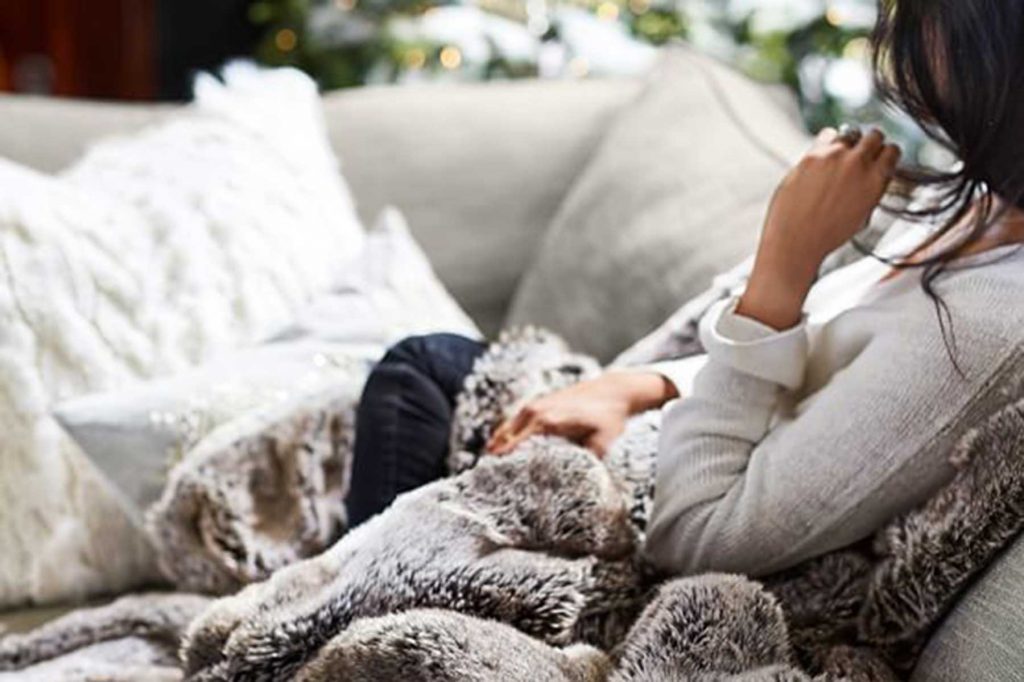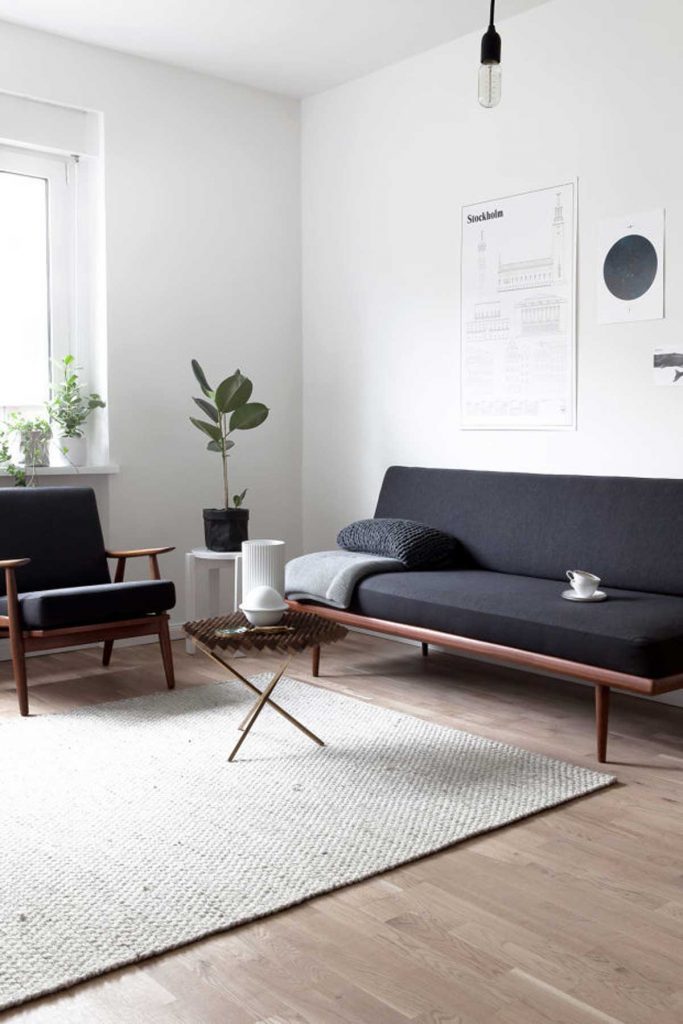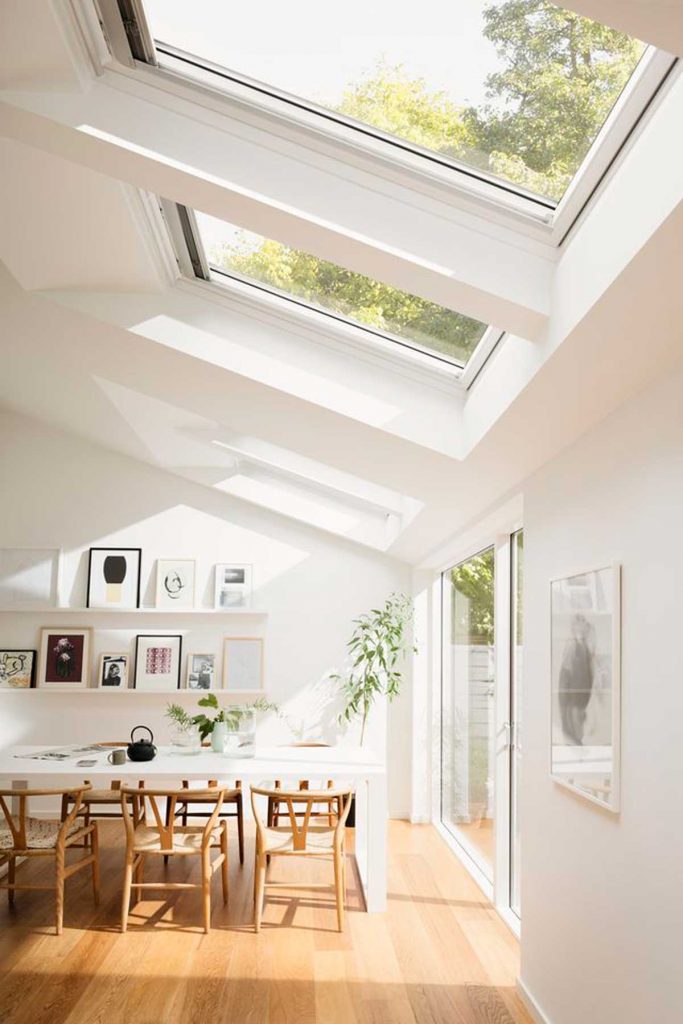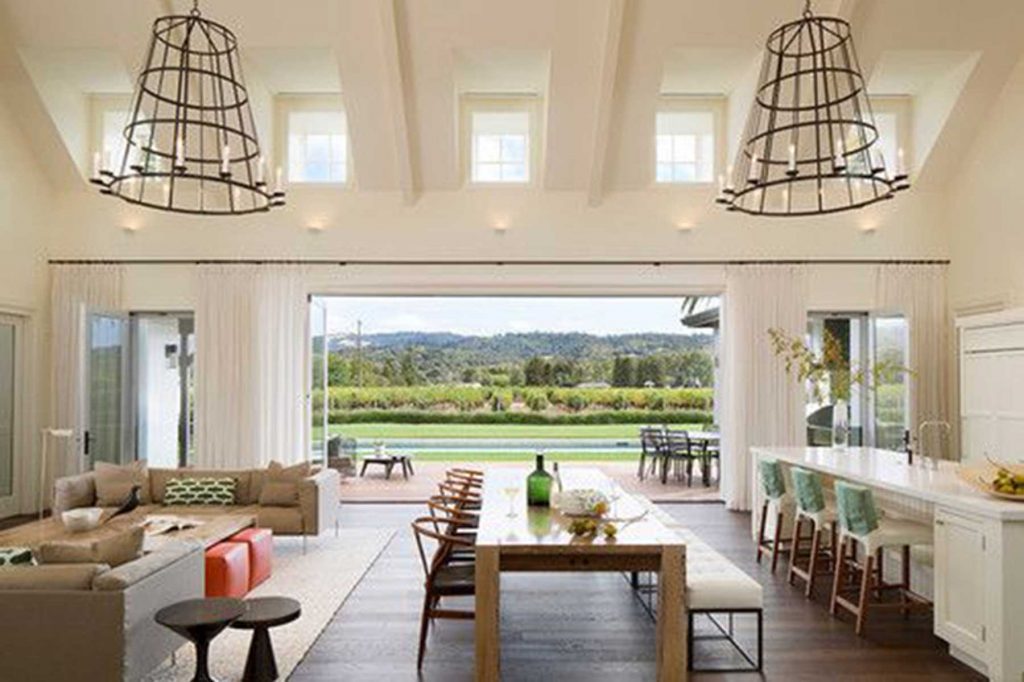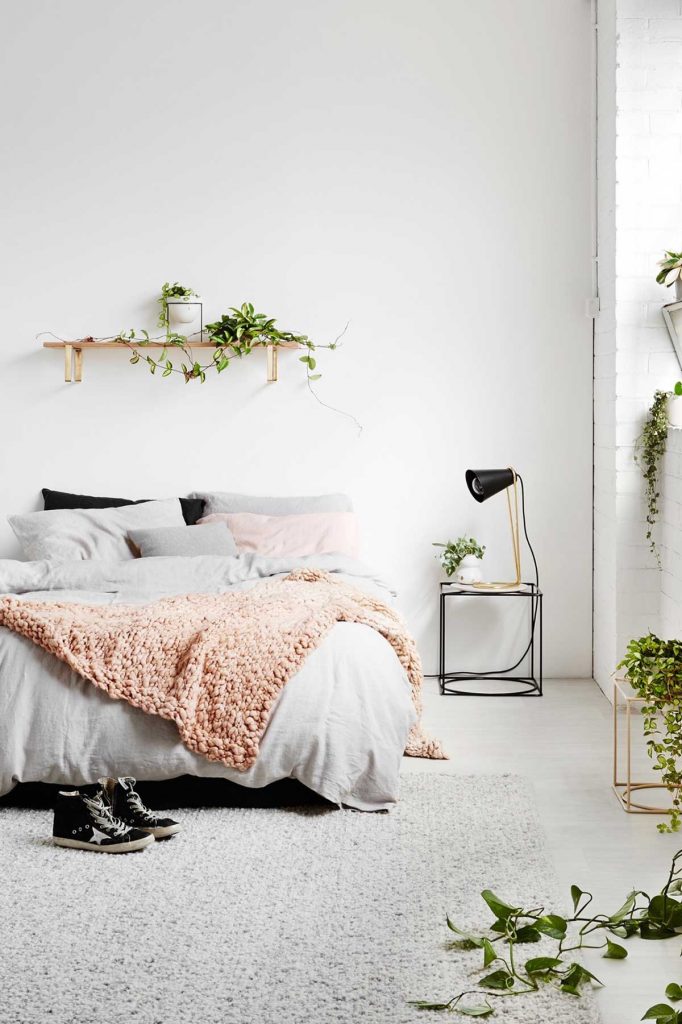Whether we use our knowledge to make positive or negative change, it’s certainly the new age of enlightenment. Half a century ago, you could have been told cigarettes were harmless, depression was a myth and the obscene amount of pollution we produced wouldn’t affect the environment. With the exception of those who choose to live in denial, we’ve certainly increased our awareness for healthy living.
But what about the more immediate environment? And if home is where the heart is, can you confidently say that your heart is healthy? Considering it’s a key contributor to the wellbeing of our families, surely it should have the benefit of the holistic approach we apply to our bodies. Can we truly be 100% physically and mentally fit without a healthy home?
From colours and shapes to music and textures, your interiors are constantly affecting the health and mood of your family. Rather than focusing on obvious aesthetic considerations that usually only have visual appeal, every sense needs to be addressed when you choose fittings, furniture and decorations.
1. Touch
This sense is a huge contributor to comfort. While it may not have the aesthetic pop of sight and sound, it’s the sense that must be respected if we’re to feel at ease. Scratchy, abrasive, stifling or rigid items are a roadblock for all others senses. When you physically touch an item in your home, does it soothe or aggravate you?
Imagine the touch of a cool tile on a hot day or the plush pile of a rug between your toes as you jump out of bed. Hardy wooden kitchen bench tops feel organic and durable while sleek marble bathroom counters are super hygienic, easy to clean and look luxe. Don’t forget the elements that determine temperature: a sea breeze, fans, heated floors or toilet seats, and electric blankets.
Woolly blankets are a kid’s favourite while soft and hygienic bamboo sheets are rising in popularity. As for velvet sofas, once you sink into their soft, snuggly warmth, it may be difficult stay awake during your next movie marathon.
2. Sight
We process an incredible amount of data with our eyes, and a large portion of the 300-400 nerve impulses we fire per second are triggered by our sense of sight. Colours, hues, and brightness are processed as fast as one thousandth of a second.
In our homes, we not only need to stimulate and comfort our families with visual elements but also need to provide light conducive to the processing power of what is arguably the hardest working of the senses. The light itself can become a feature, such as natural sunshine in a bedroom as we wake, as opposed to electronic light—all those gadgets designed to grab our attention—that are unhealthy distractions in a room designed for rest.
Psychologists have long maintained that each colour in the spectrum has positive and adverse effects, depending on an environment’s purpose. Colours can motivate, comfort and inspire while various finishes like wallpaper, gloss wall paint and satin flooring can alter and enhance the perception of each colour.
Shapes tap into your individual personality and should fit your style and functional needs. Are you a geometric or sinuous shape person?
Ensure your eyes can breathe by creating a space that is calm to the eye. Bolder choices must be considered carefully because each member of your family will perceive vision differently; so negative space, or the ‘less is more’ approach, often works for most.
3. Sound
Hearing is another underrated sense for healthy living when people consider interiors. Often the only time hearing is carefully considered is when we’re trying to keep the rest of the world out (construction noise is the curse of the DIY generation) but the right sounds can be as calming as gentle colours or luxurious textures.
Terminally ill patients in Australia were found to have less anxiety, pain and drowsiness after having a single music therapy session compared to those who did not listen to music (study published in the May 2008 Journal of Palliative Medicine). Premature babies listening to two hours of recorded Mozart each week had lowered heart rates and more sleep, according to researchers at Newyork Presbyterian Hospital and Weill Cornell Medical Center in New York.
This is a sense that falls somewhere between touch and sight, being critical to comfort while open to a wide array of stimulus and, as we all know, it’s an incredibly personal and relies heavily on each individual’s perception. One person’s aural heaven is another’s hell. There are many design elements using sound that can create a more tranquil, focused and relaxed space.
You can apply music in the same way we use negative space or inoffensive colours that appeal to the whole family’s senses. A melody resonates deep in our soul and can provide a moment of reflection where all problems disappear. It often transports you back in time to a memory, action or thought. It’s the ultimate time machine for the mind.
Wind chimes offer a subtle sound that comes from nature’s movements, making its subtle tones calming and hypnotising, while trickling and flowing water features brings calm. They resonate with birth and times of peace.
When it comes to sound, don’t underestimate people power. Open plan living allows us to hear the sounds of others in the home. Children laughing, dogs playing, friends and family socialising…these are all familiar and calming sounds. These noises make a space feel filled and utilised, like they serve a purpose.
4. Smell
Depending whether we smell an odour, stench or fragrance, we may thank or curse our olfactory nerves, but there’s no doubt stimulation of this sense can dramatically affect moods. Fragrances leave an incredibly deep memory imprint, and decades after appreciating a smell, catching a whiff of it in the air can send our minds rushing back to a historic moment in our lives.
Unlike the other senses, we physically consume odours, so not only can they be designed to have a distinct psychological effect but can also physically heal us. Candles, oil burners and vaporisers are effective ways to help your family breathe in healing scents for healthy living.
Use essential oils to promote wellbeing. Place a Eucalyptus oil-filled tissue in the dryer with your clothes and they’ll come out smelling fresh and clean. Lavender on a pillow at night promotes deep sleep. A drop of tea tree oil in the toilet helps keep odours at bay and is a natural antiseptic.
Remember that not all smells are heroes, so keep the villains at bay with air purification. Plants purify, promote happiness and heal so make sure you have plenty of greenery and flowers around your home. Like cooking, they’re an incredibly effective way to evoke memories or bring a sense of familiarity.
So next time you defend mother nature or roll out your yoga mat, remember there’s a critical element that separates humans and the earth. When designing your home’s interiors, it might be time to come to your senses.
This guide was first published for OH! Magazine: https://joom.ag/yoUQ

